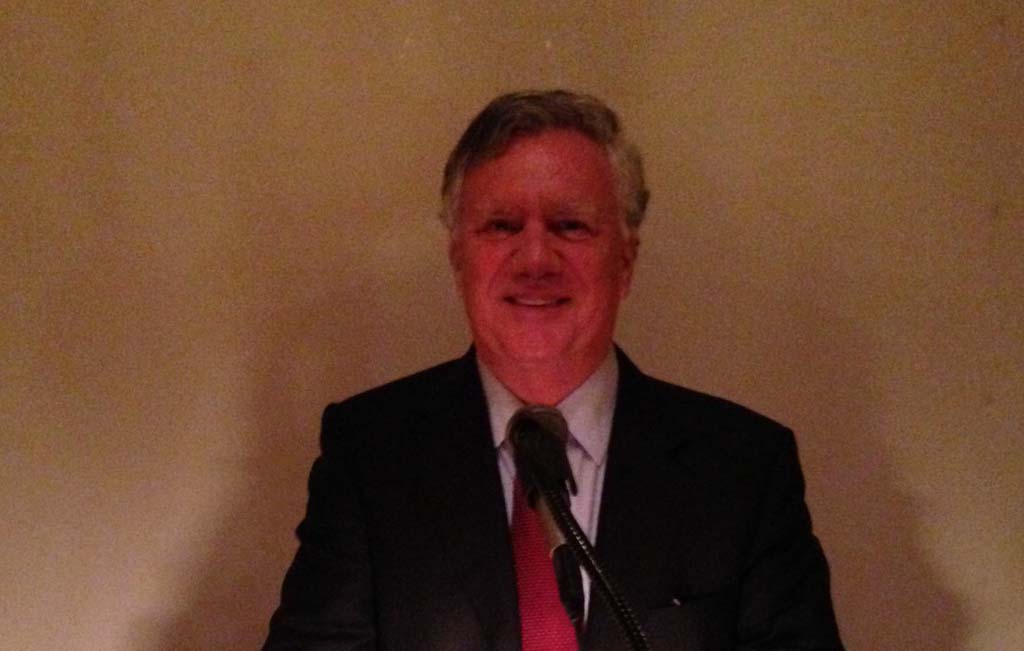RANCHO SANTA FE — Despite how active one may be, at some point they may succumb to aches and pains due to arthritis, sports injuries and strain, and spinal challenges.
Dr. Alexandra Bunyak, quadruple certified in Sports, Pain, Physical Medicine and Rehabilitation, and holistic medicine gave an educational talk about the regenerative medicine revolution at the Rancho Santa Fe Library.
She is the lead physician at Boundless based in Encinitas which is dedicated to nonsurgical and regenerative sports, spine and arthritis medicine.
Bunyak explained that regenerative medicine can be perceived as healing medicine when one’s regenerative systems need assistance.
While Bunyak spoke of different therapies which included prolotherapy, platelet rich plasma (PRP), and class IV laser therapy, she also delved into stem cells.
She was quick to point out that people often tell her stem cells are controversial in nature, but her discussion was specifically about stem cells which have no embryonic relationship.
“These are your stem cells, adult stem cells. We get them usually from your fat or from your bone marrow,” she said, noting how these two areas offer the best access.
The bone marrow is aspirated whereas the fat is removed via liposuction.
Stem cells can also be acquired through donation
She described them as self-renewing cells with the capacity to replicate and distinguish themselves into particular cell types.
Bunyak said that stem cells have the ability to make the following tissues such as cartilage, ligament, tendon, skin, bone, nerve and fat. It also helps control inflammation and is today considered cutting-edge in regenerative therapy.
As to what amount can be utilized, that’s still being determined.
“And even as we speak, there’s some conversation at the FDA level as what constitutes too much,” she said. “So what I’m saying today may change as far as what the FDA is happy with us doing.”
Bunyak said many patients are choosing the fat route and then having it emulsified and re-injected. It was her opinion that using those derived from fat worked the best.
The numbers from different studies coming out of Australia and everywhere on the fat, she said, shows about 80 percent of people are getting better with fat.
Groups that do bone marrow are uncovering a 70 percent improvement.
She went on to say that when stem cells from bone marrow are extracted there are less than one million cells. Its fat counterpart is about 6 million.
According to Bunyak, when stem cells are introduced they can be delivered individually, around the joint, intravenously, in a fecal sac, or in the brain.
“There are lots of places we can put the stem cells,” she said. “When we put them in the arterial supply, they actually act like a little homing mechanisms and they make their way to wherever the injury is.”
Bunyak noted that stem cells are also being tested and used for conditions such as autoimmune disorders, peripheral artery disease, osteoarthritis, type 1 diabetes, spinal cord injuries, and more.
The use of stem cells is being shown to heal partial rotator cuff tears and osteochondral defects.
Ongoing research on stem cells is moving forward.
She also referred attendees to the California Institute of Regenerative Medicine website for updated stem cell studies.
“It’s amazing as to what’s coming down the line which is why people are like very excited about stem cells,” she said.


